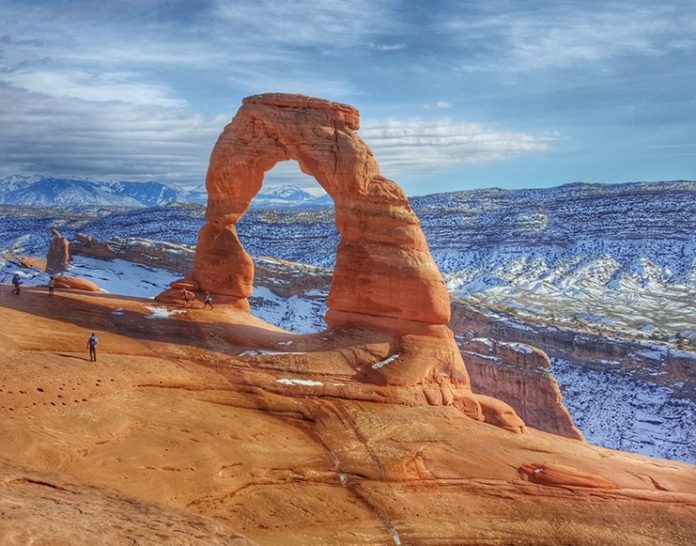ST. LOUIS—Annual visitation to the United States began to decline in 2015 and has yet to pick up. Concurrently, Americans are traveling less frequently and are returning to attractions less and less, often in search of something new. The results of PGAV’s fourth-annual Voice of the Visitor: Outlook on the Attractions Industry, which tracks U.S. travel behavior and forecasts future plans, revealed a dramatic shift in the demographics of attraction visitors, and a deep desire to visit places that make them feel welcome and relaxed.
In addition, the new Welcome! 2019 Profile of International Visitors to America revealed how travelers from Canada, Mexico, China, the United Kingdom, and Japan plan their trips to the United States, where they want to visit, what motivates them to do so, and why many have considered a visit to the States, but are holding off until later. Sixty-eight percent of respondents had visited the United States previously. Still, with the exception of Canada, more than a third of the populations in each of the other four countries had never visited the United States, but are strongly considering it.
More than 85 percent of international guests noted that their key priority when traveling to the United States is finding a safe and welcoming place that has a variety of activities and attractions, and visiting more than two towns on average with each visit.
“Over the last several years, from the U.S. Council of Mayors to the American Alliance of Museums to the Southeast Tourism Society and beyond, we’ve heard impassioned requests for insights into what international visitors think and what they’re doing when they enter The Melting Pot; and to date, we couldn’t find a precedent,” said Mike Konzen, PGAV principal and chair. “These visitors represent an immense contribution to our economy and share of the tourism industry—and in turn represent America when they return home through their stories and photographs—and it’s imperative we strive to better understand—and welcome—these guests.”
Top Five Motivators for International Travelers
- Shopping (42 percent)
- Theme Parks (27 percent)
- Historic Landmarks (18 percent)
- Museums (10 percent)
- Sightseeing Tours (10 percent)
Top 10 Places Likely to Inspire a Visit to America
-
- Walt Disney World (36 percent)
- Disneyland (26 percent)
- The Grand Canyon (24 percent)
- Statue of Liberty (21 percent)
- New York City (21 percent)
- Niagara Falls (20 percent)
- Las Vegas (19 percent)
- Universal Studios (19 percent)
- Hollywood (16 percent)
- The Northern Lights (14 percent)
When U.S. travelers hit the road, trends suggest that they are seeking more peaceful time with friends and family to relax. Compared to five years ago, Americans note that they are “relaxing and chilling out” 27 percent more, playing video games 10 percent less, spending time outdoors 16 percent more, and hanging out with friends 5 percent less.
Top 10 Attraction Types Visited in 2018 (U.S. Tourists)
- Historic Landmarks (38 percent)
- Zoos/Animal Attractions (33 percent)
- Theaters (30 percent)
- Theme Parks (30 percent)
- History Museums (28 percent)
- National/State Parks (27 percent)
- Aquariums (24 percent)
- Family Entertainment Centers (22 percent)
- Art Museums (21 percent)
- Sightseeing Tours (21 percent)
Top Five Most Important Factors for U.S. Tourists
- Good value for the money
- A clean place to visit
- Friendly staff members
- Provides a safe and wholesome environment
- A diverse experience with a lot of different things to see and do
Conducted by H2R Market Research, the survey interviewed 1,500 American respondents who either visited an attraction in 2018 or plan to do so in 2019, providing a margin of error of +/-2.5 percent at a 95 percent confidence interval. Welcome! surveyed 985 travelers who have visited America, are considering visiting America, or who live in America, providing a margin of error of +/-3.6 percent at a confidence interval of 95 percent.











